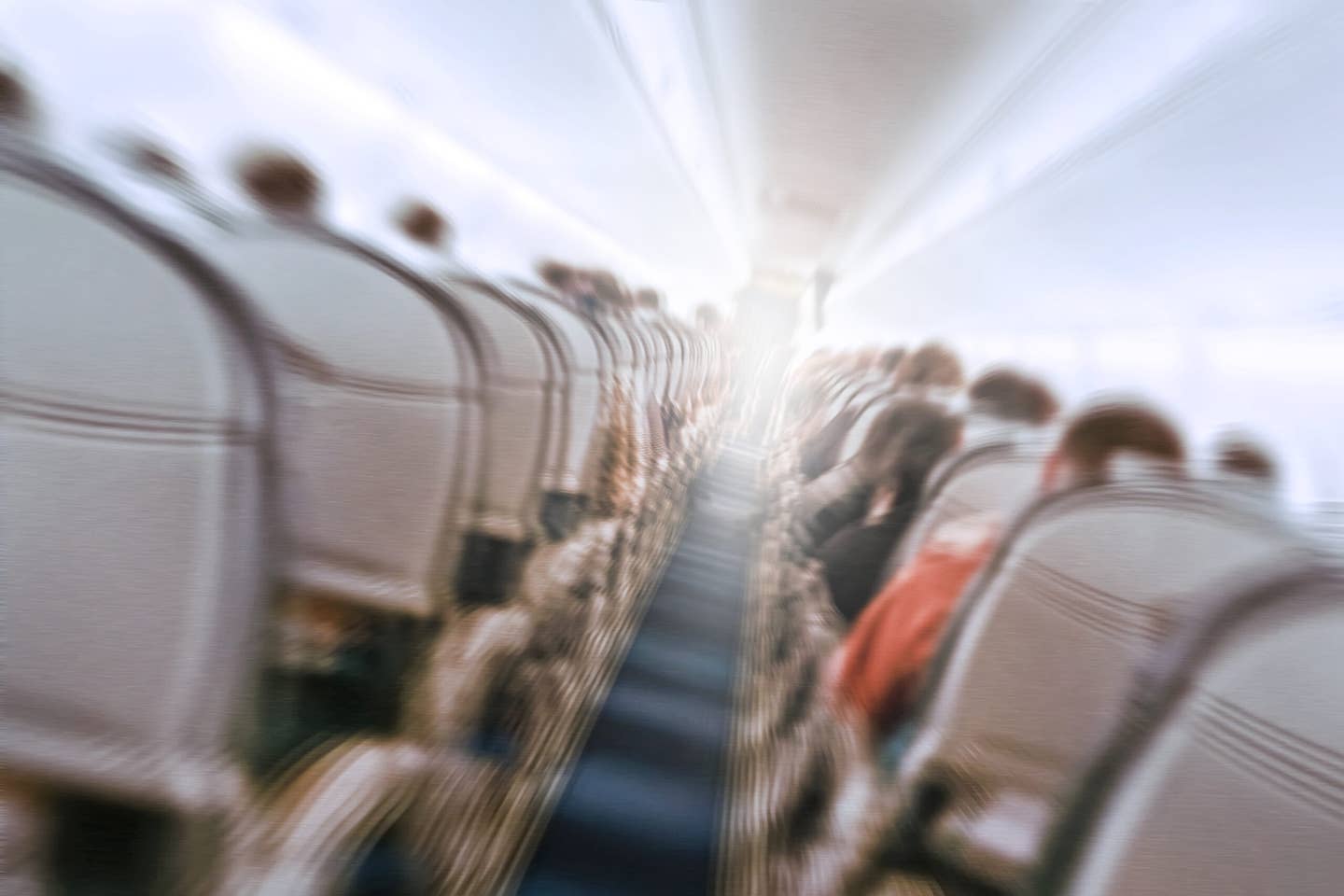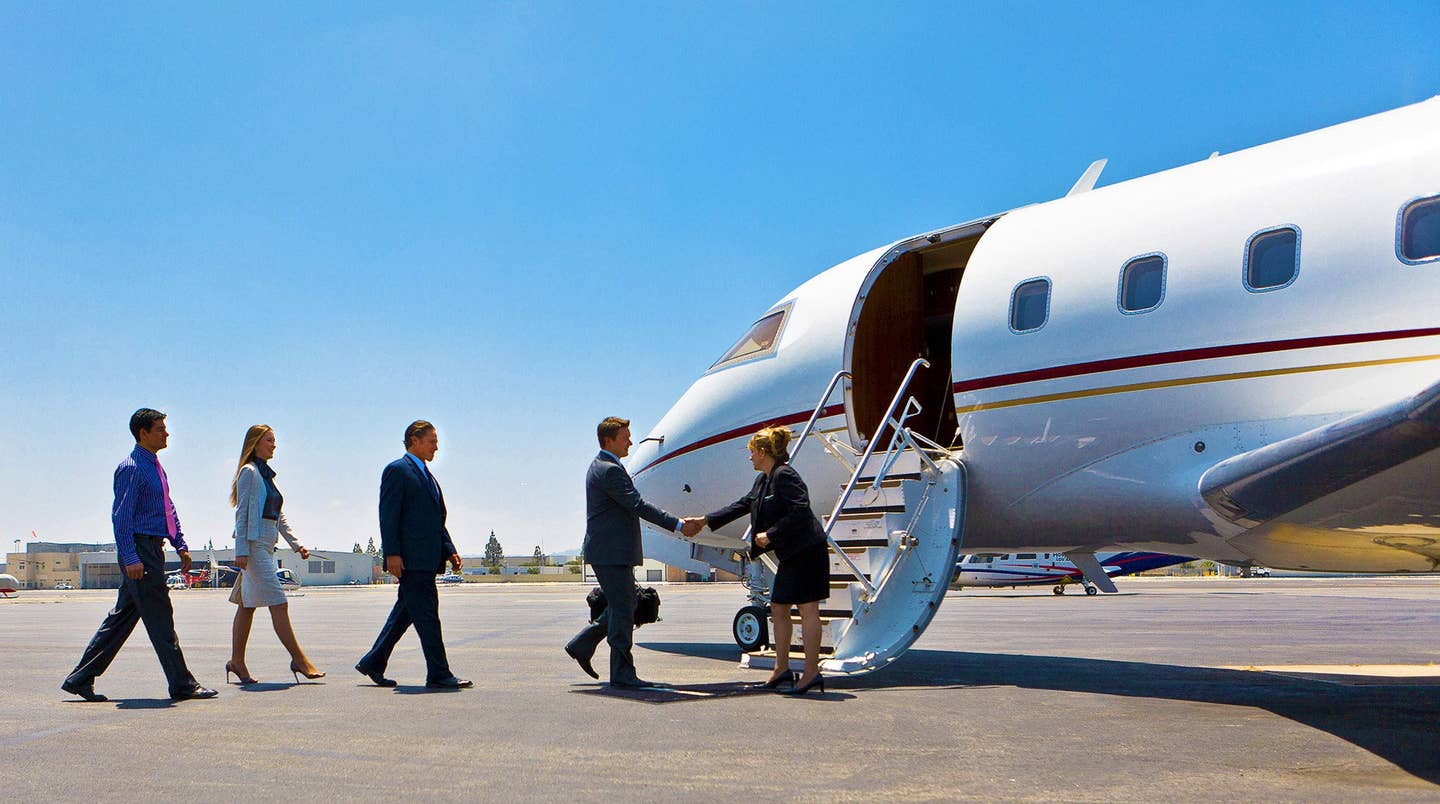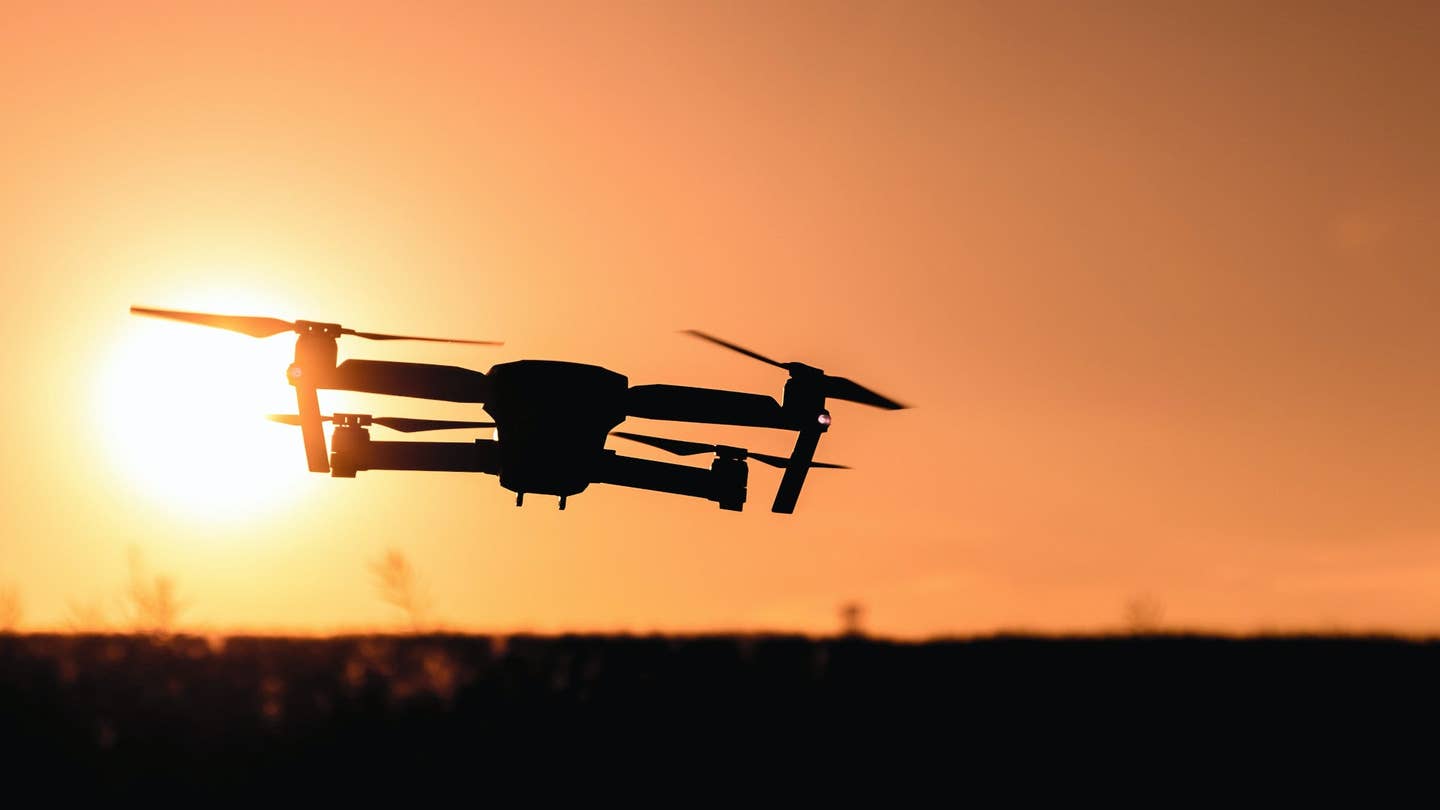
[File photo: Adobe Stock]
Airflow can be distrubed by storm systems, passing aircraft, or physical barriers. During flight, we experience this irregular movement of air as turbulence, which can interrupt your otherwise smooth flight. However, not all turbulence is created equal, and can have a variety of effects. That’s why it’s important to know how it forms and how to combat it.
What Causes Turbulence?
Given that turbulence involves the movement of air that usually can’t be seen by the human eye, pilots can experience it at any given moment during flight.
So, how do pilots predict turbulence if they can’t see it? A well-trained pilot learns to spot the conditions where turbulence is likely to occur, and act accordingly.
Wind
If wind undergoes a rapid change in direction or speed, this will likely be experienced as turbulence for any aircraft passing through.
Storms
Storms not only carry precipitation, but include dramatic changes in air temperature. Storms typically occur at the collision point between warm and cold air masses.
In the midst of severe changes in temperature and wind direction, turbulence is sure to be found.
Terrain
Turbulence caused by terrain can often be found in more mountainous regions, where air is forced against the sides of the mountain and streamed into higher altitudes—called orographic lifting. Turbulence is often found on the downwind or leeward side of the range as the air mixes as it drops.
Aircraft
Passing aircraft leave disturbed air in their wake, and the scale of the vortices–known as wake turbulence—varies with the weight of the aircraft, its use of lifting devices, and certain aerodynamic properties that make some produce more dramatic wake turbulence than others. When approaching an airport, following the path of another airplane can put you into their wake.
Types of Turbulence
Just as there are different causes for turbulence, this phenomena can be categorized into several types.
Mechanical Turbulence
Mechanical turbulence is created when an air current meets a physical barrier on the ground, such as a tall building or mountain. Air rushes up the sides of the object and creates an invisible speed bump for anything passing nearby.
Thermal Turbulence
Just as the name implies, thermal turbulence is caused by changes in temperature, where columns of warm air rise into higher altitudes. This can occur at lower altitudes over surfaces that radiate more heat, such as large areas of pavement.
Frontal Turbulence
Frontal turbulence is much like thermal turbulence, but denotes a rapid change between warm and cold air masses.
This type of turbulence can often be found on the edge of storm systems where two air fronts collide.
Wind Shear
It’s not uncommon for wind to change direction mid-flight. Wind shear occurs when the aircraft experiences a sudden change in wind direction.
This type of turbulence can be particularly troublesome during takeoff and landing, where buildings and treelines may foster changing winds as you approach the runway.
Wake Turbulence
Just as passing boats leave a wake through water, aircraft leave an almost invisible trail of disturbed air behind them.
This can be highly prevalent around airports where multiple aircraft are on approach in sequence to the same runways.
Clear Air Turbulence
Clear air turbulence is described as severe turbulence that occurs in cloudless airspace, which can cause the violent buffeting of your aircraft. This type is typically found at altitudes above 15,000 feet above mean sea level (msl).
Turbulence Classifications
Turbulence can be split into four levels of intensity:
- Light - Momentary changes in altitude and/or attitude. Experienced as slight bumpiness.
- Moderate - Slightly increased intensity, but control of the aircraft is maintained at all times.
- Severe - Dramatic changes in altitude and/or attitude, where control of the aircraft is momentarily lost.
- Extreme - Violent changes in altitude and/or attitude, where control of the aircraft is virtually nonexistent. This intensity can result in structural damage to the aircraft.
How Do Pilots Avoid Turbulence?
Pilots can often avoid turbulence by flying above the cloud level, where the air is above the lifting condensation level and less thermal turbulence occurs.
Many modern aircraft are equipped with access to recent and often real-time weather data that will help them to predict where turbulence is likely to occur, and can reroute themselves to avoid those areas.
Safe Flights for Safe Landings
Unfortunately, turbulence is something that a pilot will encounter often during their career. While not always severe, the effects of turbulence can often be avoided with the right tools and training.
Knowledge is key to a safe flight, and more can be found on flyingmag.com, where you can subscribe to FLYING and receive all the latest information via our variety of newsletters.
FAQ
Can turbulence cause a plane to flip?
In most cases, turbulence will not be powerful enough to completely flip an aircraft.
What causes the most turbulence?
Most turbulence is caused by orographic lifting, thermal or convective activity, mountainous terrain, or storm systems.

Subscribe to Our Newsletter
Get the latest FLYING stories delivered directly to your inbox






